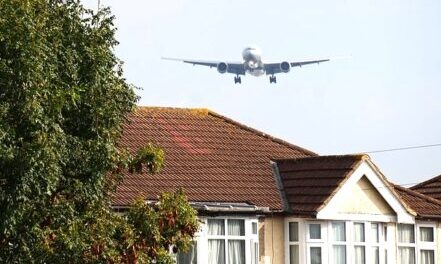
Aeroacoustics
With air travel increasing in popularity in the early 1950s, scientists were faced with the new problem of jet noise. Nowadays this is called ‘noise pollution’ as it is judged to be detrimental if excessive or prolonged. Sound levels are monitored at all airports and the field of aeroacoustics has thereby progressed hand-in-hand with the aircraft industry.
The very first scientific paper on aeroacoustics was published by Sir Michael James Lighthill (1924-98) in 1952 on the theory of sound radiated by a turbulent flow over surfaces. This gifted mathematician took only a fortnight to complete the maths, but 16 months to decide how best to explain his theory in words. Ironically, though an expert on fluid dynamics, Lighthill died swimming around Sark Island in the English Channel, attempting to repeat the feat he had accomplished several times before.
In fact, Professor Geoffrey Lilley (1919-2015) from Middlesex earned the accolade of ‘the Father of Aeroacoustics’ for his work on sufficiently reducing the noise from Concorde to meet New York’s strict regulations. Professor John Ffowcs-Williams (1935-2020) from Conwy was another who, using Lighthill’s ‘aeroacoustics analogy’, tackled Concorde’s take-off noise. He and his student David Hawkings subsequently introduced the Ffowcs-Willlams-Hawkings Equation, central to solutions for reducing propeller noise.
(Image of aircraft approaching Heathrow: Matt Kieffer at Flickr.com / CC BY-SA 2.0)
